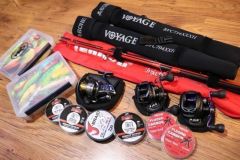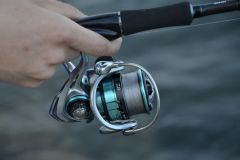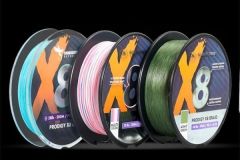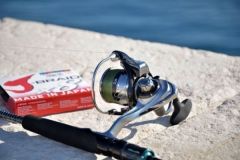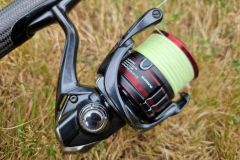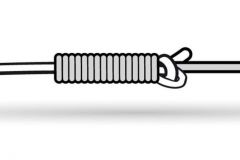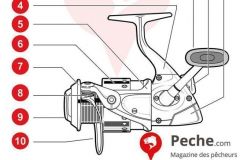Poor filling
The first cause of braid twisting on your reel is poor filling technique when you decide to spool it. Indeed, it is imperative not to leave the spool free to unwind as it pleases.
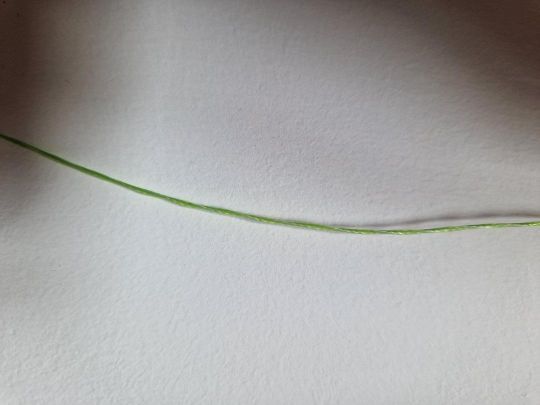
The use of certain lures
Some lures, such as spinners, have a tendency to spin when retrieved. Repeated use of these lures without unspooling your line or opting for a solution that limits this phenomenon can be detrimental to the condition of your braid.
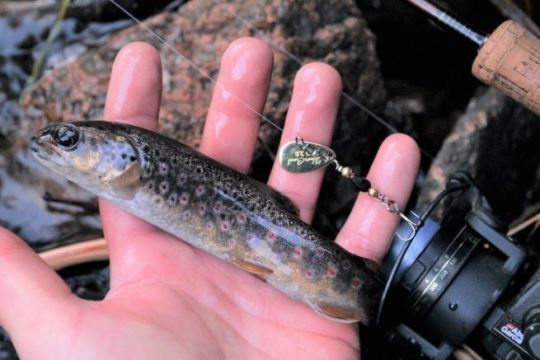
A prolonged battle
When fishing for strong or exotic fish, long, prolonged fights can cause your braid to twist over a very long length. In fact, every time the fish comes out of your reel line under the effect of the drag, the reel rotates. After long and/or repeated fights such as with bluefin tuna, you'll find that the first few metres of braid have made a very large number of turns on themselves... This considerably weakens your line, which will eventually give way in a fight if you don't do something about it!
Adjusting the brake
In prolonged combat, the braid tends to twist. This phenomenon is all the more true if your drag is poorly adjusted and releases line every time you pump. Not only is this maneuver ineffective in exhausting your opponent, it also "damages" your line. It's therefore important to adjust your drag according to your physical capabilities and the resistance of your braid, so as to pump efficiently and without causing further twisting of your line.
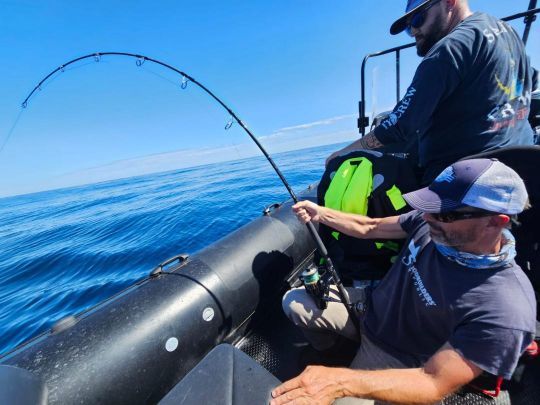
Filling your reel
The best way to do this is to take a pen and pass it through the center hole of the spool, then ask someone to hold it. This way, the thread always comes out in line with the axis, and the spool doesn't turn on itself.
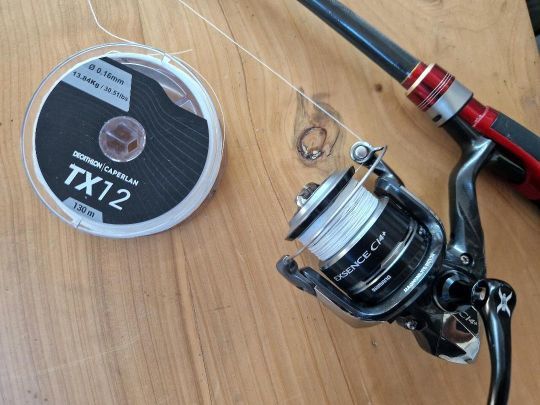
The rolling swivel
For lures that spin regularly and a lot, but also for fishing fish that offer long and powerful fights, it's particularly interesting to precede your lure with a quality rolling swivel. This will absorb a large number of rotations and limit line twisting.
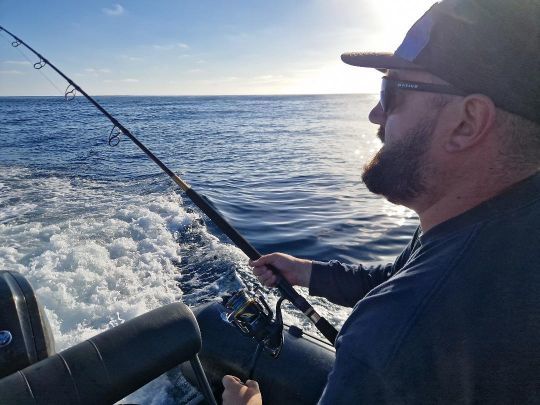
Untwist your braid
When your braid is twisted, it is always possible to return it to its original state. The two best ways to do this, in my opinion, are to leave your braid free in a current vein so that it turns on itself under the effect of the water, or to drag it behind the boat for a good length.
Another advantage of this approach is that it allows you to tension your line well in the spool of your reel, thus avoiding overlapping turns.

 /
/ 




